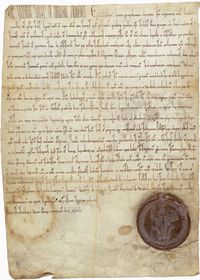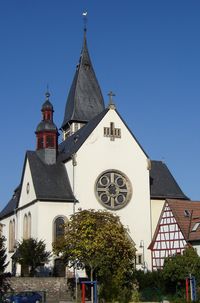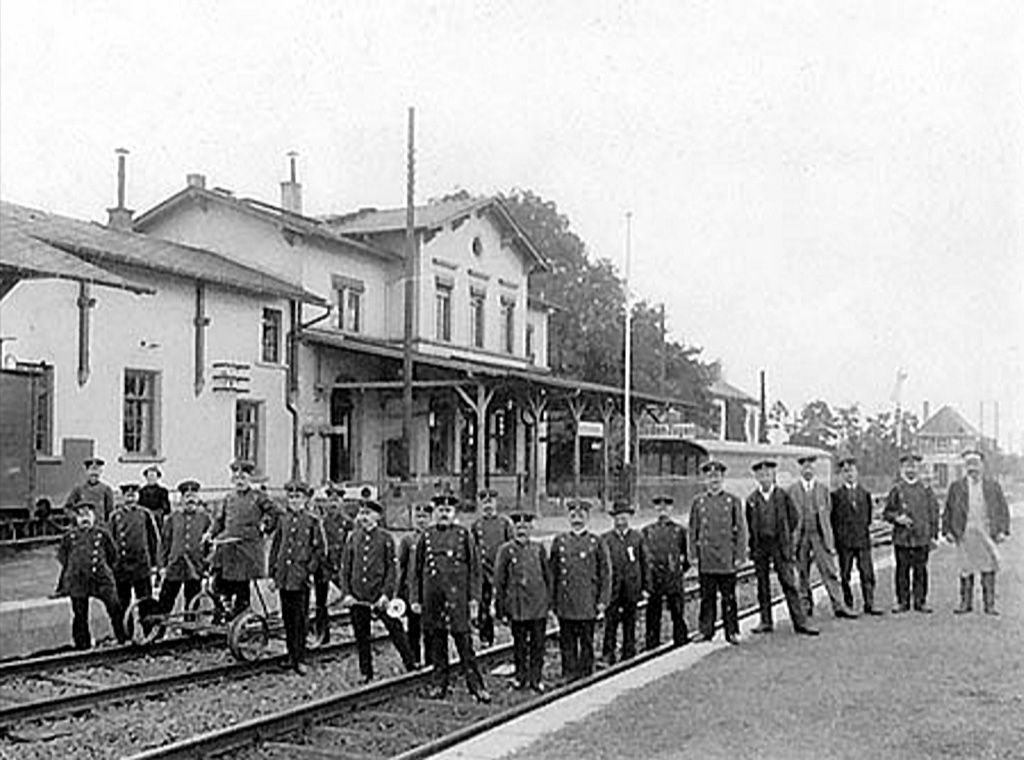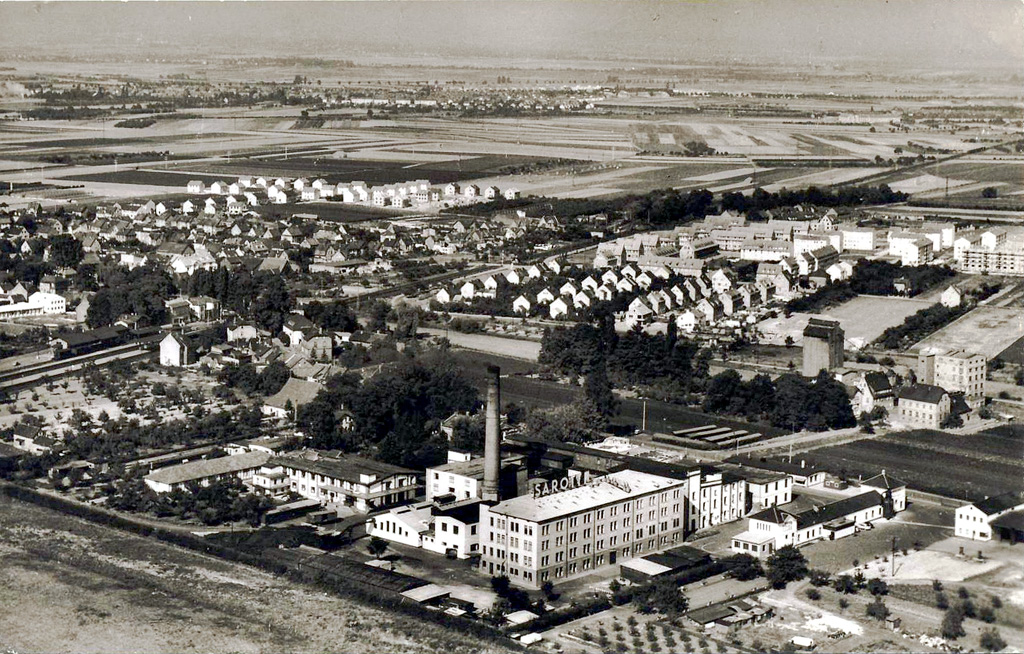Local history of Hattersheim

Hattersheim was mentioned for the first time as ‘Heyderesheym’ in a document of Archbishop Adalbert of Mainz. This place name indicates that it was founded earlier, in Frankish times. The recently discovered burial ground at the western exit of the village proves that the Celts were already resident here about 2,500 years ago. Various sovereigns, such as the Falkensteins, Eppsteins and Mainzers, exercised their sovereign rights until Hattersheim was annexed to the Duchy of Nassau in 1806. In 1866, Nassau – and therefore also Hattersheim – fell to Prussia.
Hattersheim’s coat of arms

Hattersheim’s coat of arms, which depicts a divided shield with a red lion and the silver lily was only developed from 1954 onwards and officially recognised by the Hessian state government in 1963. The basis for this coat of arms is the seal of the nobleman Rupert von Hattersheim, which is recorded in a document from 1248. It is not known why Rupert had this symbol on his coat of arms. The lion has always been regarded as a symbol of ruling power and was therefore often used as a heraldic animal. The Counts of Nassau, as neighbouring high nobility, also used it. The lily was known in the Middle Ages as a symbol for purity and innocence. It, therefore, became a symbol of Our Lady. As the Virgin Mary was initially the patron saint of the Hattersheim church and she was therefore also depicted in the old court seal, the lily in the coat of arms may include this historical reminder.
St. Martinus

The Catholic Parish Church of St. Martinus is situated on a small elevation in the heart of the historic old town. It was extended between 1913 and 1915. In the process, the small baroque predecessor church from 1747 was integrated in the west of the new Art Nouveau building. The existence of an earlier place of worship has been documented since 1313. In this year, the Catholic community of Hattersheim had requested a separation from the mother church in Okriftel.
Mills
Until the beginning of the 20th century, the five mills played a significant role for Hattersheim, along with agriculture. The Altmünstermühle and the Cronberger Mühle are mentioned in documents as early as 1219. The Engelsmühle, which was built in 1710, was once Hattersheim’s biggest employer. It was converted into an oil mill as early as 1770 and taken over by the Verein Deutscher Ölfabriken (Association of German Oil Factories) in 1910. This business employed 80 workers and generated 30% of the municipal tax revenue. In 1960, the last mill, the Altmünstermühle, ceased production.

Alter Posthof
Hattersheim was given a prominent role by its central location on the medieval Geleitstraße connecting Frankfurt and Mainz, which was part of the much-travelled east-west axis from Vienna to Brussels. The Princes of Thurn and Taxis established an imperial stagecoach stop here. At the end of the 18th century, the Posthof experienced its glory days. Until the 19th century, it was considered one of the most lucrative and important postal stations in the country.

Nassauer Hof
Hattersheim benefited from plenty of through-traffic. Between the Untertor (lower gate) on the Schwarzbach and the Obertor (upper gate) on Mainzer Landstraße, there were at times a row of up to eight inns next to one another. Blacksmiths and wainwrights had their hands full in Hattersheim, as they had to look after up to 72,000 horses passing through each year, as well as the wagons and carriages. In 1818, Carl Werle, nephew of the postman Adam Werle, built what was then Hattersheim's most distinguished inn, the Nassauer Hof, in front of the former Obertor. Wealthy travellers carved their names into the window panes of the inn with their diamond rings. After the renovations, the establishment diagonally across from the Posthof will once again open its doors as a guesthouse, with other public usages.

Railways and industrialisation
The construction of the Taunus railway between Frankfurt and Wiesbaden in 1839/40 led to a shift of mail transport and travel to rail and meant the end of the Thurn-and-Taxis stagecoach stop in 1867. The Hattersheim station, which was constructed in 1842, saw a massive increase in the transportation of people, goods and express goods as a result of the industrialisation of the Rhine-Main area at the end of the 19th century.

Chocolate factory
Hattersheim's railway connections and the widespread cultivation of sugar beet in the Main plain led to the foundation of the Maingau Sugar Factory in 1884. That was how the industrial age began in Hattersheim. Otto & Quantz GmbH, which sold food and chocolate, acquired the factory in 1922. In 1920 it was taken over by the Sarotti chocolate factory. After the Second World War, other significant industrial companies came to the area. However, Sarotti AG became the most important employer in the area. In 1960, the factory had 2,000 workers, and was the biggest company in the Main-Taunus district. The industrial company's need for labour caused the Hattersheim population to increase rapidly and provided the first foreign workers with a second home in Hattersheim in the 1960s. New residential areas with multi-storey buildings had to be developed, which permanently changed the image of the community.

City Rights
On 11 September, 1970, Hattersheim received city rights. In 1972, Okriftel, Eddersheim and Hattersheim combined to become the City of Hattersheim am Main.







